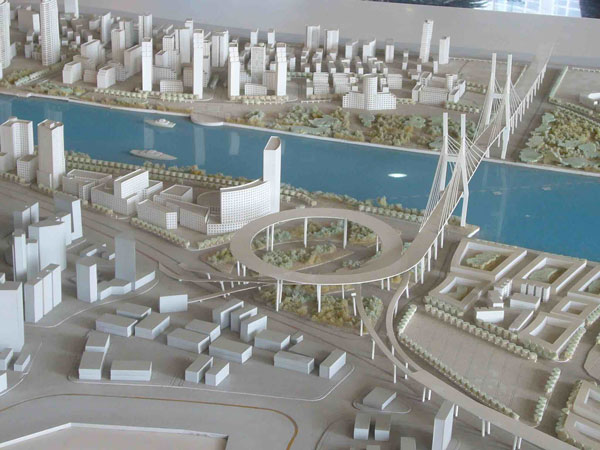

The Role of Technology in Urban Planning: Revolutionizing City Development
The world is rapidly urbanizing, with an estimated 60% of the global population projected to live in cities by 2030. This trend poses significant challenges for urban planners, policymakers, and city officials, who must navigate the complexities of urban growth while ensuring sustainability, equity, and quality of life for citizens. Fortunately, the advent of technology has transformed the urban planning landscape, offering innovative solutions to tackle these challenges. This article explores the pivotal role of technology in urban planning, highlighting its applications, benefits, and future directions.
Data-Driven Decision Making
Urban planning has traditionally relied on manual data collection, analysis, and interpretation. However, the sheer volume and complexity of urban data have rendered this approach inadequate. Technology has intervened, enabling the collection, analysis, and visualization of vast amounts of data in real-time. This data-driven approach empowers urban planners to make informed decisions, backed by empirical evidence.
Advances in Geographic Information Systems (GIS), remote sensing, and sensor technologies have enabled the creation of digital twin cities – virtual replicas of urban environments. These digital models allow planners to simulate various scenarios, test policy interventions, and predict outcomes. For instance, cities can use GIS to identify areas prone to flooding, develop response strategies, and optimize infrastructure investments.
Smart City Initiatives
Smart city initiatives harness technology to improve urban livability, sustainability, and resilience. These projects often involve partnerships between municipalities, private companies, and innovative startups. Some examples include:
- Intelligent Transportation Systems (ITS): Real-time traffic monitoring, optimized traffic signal control, and smart parking systems reduce congestion, emissions, and travel times.
- Energy Efficiency: Smart grids, building management systems, and green infrastructure optimize energy consumption, reduce waste, and promote renewable energy sources.
- Public Safety: Advanced surveillance systems, predictive analytics, and emergency response systems enhance citizen safety and security.
- Waste Management: IoT-enabled sensors and analytics optimize waste collection routes, reduce waste disposal costs, and promote recycling.
Participatory Planning and Civic Engagement
Technology has democratized urban planning, enabling citizens to engage in the planning process like never before. Online platforms, social media, and mobile apps facilitate participatory planning, allowing citizens to:
- Provide feedback: Citizens can share opinions on urban projects, policies, and services, ensuring that their voices are heard.
- Access information: Open data portals and interactive maps provide transparency, making urban data accessible to all.
- Collaborate: Co-creation platforms and crowdsourcing initiatives enable citizens to contribute to urban planning decisions.
Urban Informatics and Machine Learning
Urban informatics, a branch of urban planning, applies computational methods and data analytics to understand urban dynamics. Machine learning algorithms can:
- Identify patterns: Detect hidden patterns in urban data, revealing insights into citizen behavior, transportation, and infrastructure usage.
- Predict urban growth: Forecast urban growth, identifying areas of high demand for services and infrastructure.
- Optimize urban operations: Streamline municipal services, such as waste collection, traffic management, and public safety, using machine learning-based optimization techniques.
Challenges and Future Directions
While technology has transformed urban planning, several challenges persist:
- Data privacy and security: Ensuring the protection of citizen data and preventing cyber threats.
- Digital divide: Addressing unequal access to technology and digital literacy among citizens.
- Integration and interoperability: Ensuring seamless integration of various technologies and systems.
To overcome these challenges, urban planners and policymakers must:
- Develop inclusive and participatory technologies: Designing technologies that cater to diverse citizen needs and promote digital equity.
- Invest in digital literacy programs: Educating citizens about the benefits and risks of technology in urban planning.
- Foster partnerships and collaborations: Encouraging public-private partnerships, international collaborations, and knowledge sharing.
Conclusion
The role of technology in urban planning is multifaceted and transformative. By harnessing the power of data, IoT, and AI, cities can become more sustainable, resilient, and equitable. As urbanization continues to accelerate, it is essential to prioritize technology-enabled urban planning, ensuring that the benefits of urban growth are shared by all. By doing so, we can create cities that are not only smart but also just, inclusive, and livable for generations to come.




